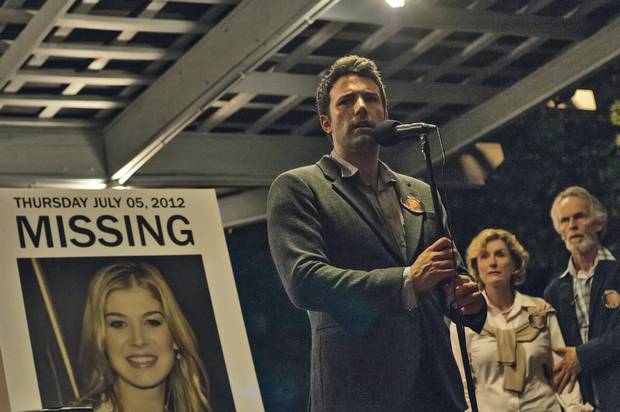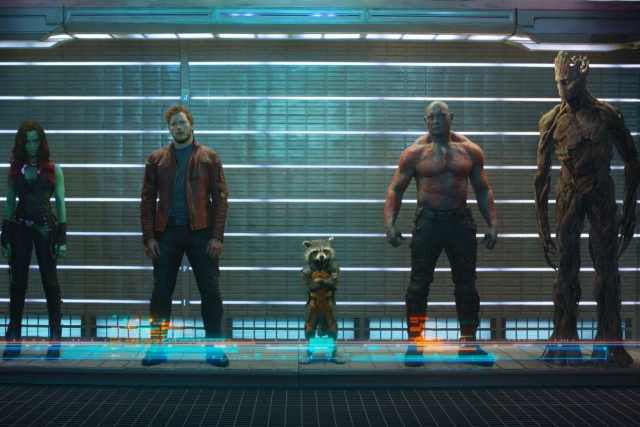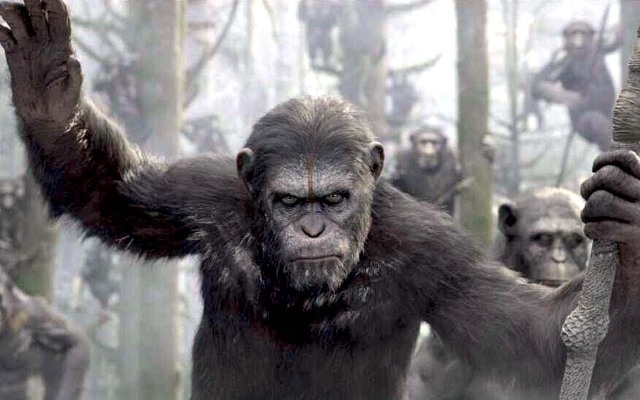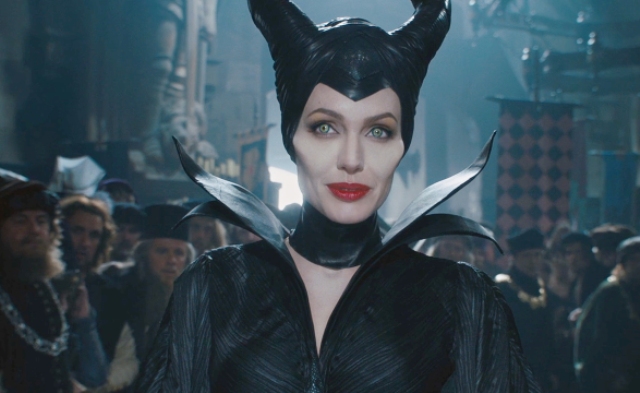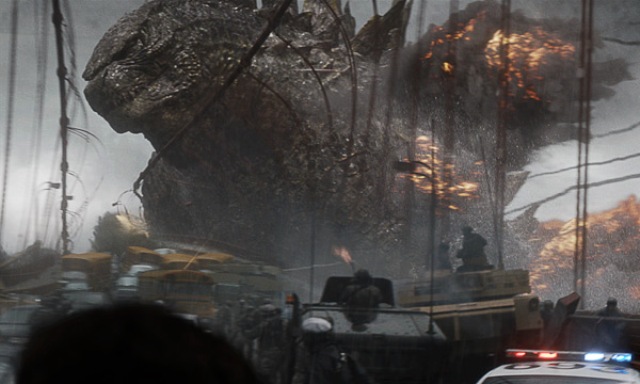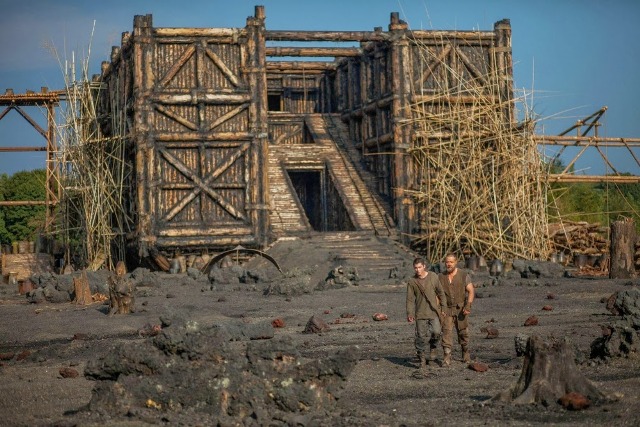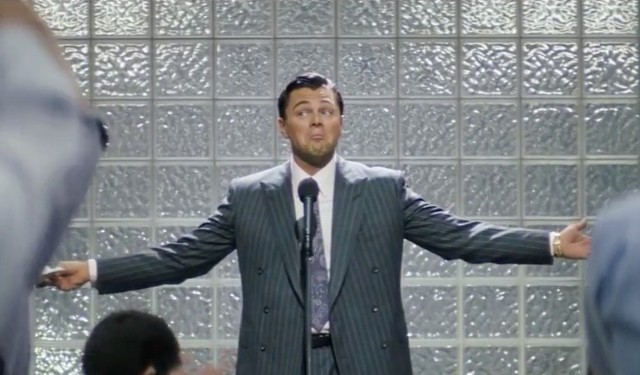Taking on an adaptation of a runaway best-seller novel can be a daunting task for any filmmaker. On the plus side, you are bringing something to the big screen that already has name recognition, but the downside of this is that the same audience is going to hold the material up to high standards, putting a whole bunch of extra pressure on your translation. That almost certainly had to be the case with David Fincher’s recent adaptation of author Gillian Flynn’s 2012 novel Gone Girl. The novel was a smash hit when it first was published, spending eight weeks at #1 on the New York Times bestseller list. And while the novel itself certainly has been branded within the mystery thriller genre, it has also often been praised by fans and critics alike for it’s unexpected twists and unconventional plotting. Naturally, this instant success led to an immediate acquisition of the film rights by 20th Century Fox, who quickly moved the adaptation of the novel into production. Flynn herself was hired on to adapt her own work into a screenplay. Naturally, for such a high profile adaptation of the novel, Fox would want to get someone on board who could do the material justice, without alienating too much of the built in audience. Fincher is already a well respected filmmaker, but Gone Girl seems like a departure for the man who brought brilliant oddball features to the big screen like Seven (1995) and Fight Club (1999).
And yet at the same time, Fincher is actually perfect for the film. For one thing, he has become the go to guy for bringing almost un-adaptable novels to big screen and making them work. That was definitely the case with the gonzo Chuck Palahniuk novel Fight Club, or the oddly themed F. Scott Fitzgerald classic The Curious Case of Benjamin Button (2008). These two novelizations almost defy any filmmaker’s notions of trying to make them into a coherent movie, but Fincher managed to find a way. He has also proven himself to be qualified to take on popular best-sellers as well, as he did with The Social Network (2010) which was based on the popular Ben Mezrich novel The Accidental Billionaires, as well as his 2011 adaptation of Stieg Larsson’s The Girl With the Dragon Tattoo. But, unlike these other novels, Gone Girl is far more conventional and less flashy. Some would say that Gillian Flynn’s novel is more or less an “airplane read;” good for passing the time, but nothing that really defies conventional standards otherwise, like the majority of Fincher’s adaptations usually do. But in the hands of David Fincher, audiences will soon learn that there is more under the surface in Flynn’s novel than meets the eye, and it shows how one artist can actually elevate the work of another, and bring out the best of both worlds. Indeed, Gone Girl may seem like another conventional thriller on the surface, but in the hands of some truly talented people in front and behind the camera, it becomes anything but conventional.
The story involves a failed writer named Nick Dunne (Ben Affleck) and his wife Amy (Rosamund Pike) as they try to make life in small town America work after Nick has lost his cushy job in New York City. Naturally this has put a strain on their marriage. One day, on the eve of their fifth year anniversary, Nick comes home to find his living room in shambles and his wife nowhere to be seen. He contacts the police and is soon visited by Detective Rhonda Boney, who quickly begins an investigation into the disappearance of Amy. The investigation quickly gains traction in the press, due to Amy’s status as a quasi-celebrity, being the inspiration for a protagonist in a series of childrens’ books written by her mother titled The Adventures of Amazing Amy. Nick remains cooperative with the authorities and the media, but after a couple of days, he soon discovers that the focus has shifted away from finding Amy and more towards pointing the finger at him. Soon accusations start to fly at Nick, which he is unable to shrug off, and dark secrets about his marriage start to come to light. Even his twin sister Margo (Carrie Coon) begins to believe the worst. It all leads to where you might expect a typical missing person scandal would go, but as readers of the novel know, all of this is just half of the story. From the point where Nick seems to hit a wall and appears to be the untrustworthy psycho that the whole world believes him to be, the story suddenly shifts focus and we soon learn that there’s a whole other side to the story that I can really get into without spoiling some of the most unexpected plot twists. Suffice to say, there’s a reveling exchange that sums up the whole story when Det. Boney is told by her deputy that “The simplest answer always seems to be the right one” to which she answers, “Actually, I’ve never known that to be true.”
So, as far as adaptations go, was David Fincher the right man for the job here. Though the material may be more conventional than the typical Fincher flick, he still managed to make this film adaptation work for him. There are plenty of Fincher touches throughout, though he seems to have abandoned the flashy camerawork that defined most of his early career. Here, his style comes through in the editing and the composition of shots, which are all exquisitely done. Fincher has achieved that rarefied place in cinema where his style can work with just about any story-line, and Gone Girl is no exception. Indeed, if any other director was tasked with adapting this novel to the big screen, I don’t think that it would’ve gone over as well as it does here. Probably one of the most helpful elements in the adaptation was having the author around to help shape the story to fit Fincher’s vision. Gillian Flynn started out as a television critic for Entertainment Weekly, so she already knows the game about taking material from one medium to another, so it probably led to fewer conflicts of interest that usually plagues many big screen adaptations. And indeed, both director and author have managed to work together well here. Fincher gets to satisfy his cinematic intentions while Gillian Flynn’s story is maintained with all of the memorable twists and turns preserved. And when those twists come to light, it is exploited perfectly by the film. The third act in particular is where the movie really crosses over into Fincher territory, with some truly unexpected flourishes that helps to make this movie stand apart from other mystery thrillers. Some may be put off by where the left-field turns this movie makes, but I for one felt that it was what ultimately elevated the movie as a whole in the end.
If there’s one thing that Fincher’s adaptation manages to improve upon in his adaptation, it’s the commentary about the media. Flynn’s novel also touches upon the abuses of tabloid journalism, but Fincher brings those themes to new light by presenting the full extant of their impact on the ordinary citizen. Indeed, the harshest criticism of the movie is saved for the vultures in the media who exploit crime investigations for ratings and those who pass judgment on a case without taking in all the facts, which anyone who has seen the cable news networks in the last couple of years will know what I’m talking about. In fact, there is a character in the movie named Ellen Abbott (played perfectly by Missy Pyle) who is obviously supposed to be a very thinly veiled representation of notorious media vulture Nancy Grace, complete with Southern drawl, which helps to relate this movie with the media’s disgraceful current state. While the plot has it’s own intrigue to it, it’s the underlying message that really resonates in the end, and for a movie made by a studio owned by a giant new conglomerate itself, that’s a very bold position to take. But it’s not just the media that the movie points the finger at; it’s us the audience as well. The brilliant part of the movie is that it shows us that there are multiple sides to every story, and by showing us only parts of it at a time, through some truly brilliant story-editing, we soon realize how easy it is to be swayed by our own prejudices. It’s the kind of manipulation that the media preys upon, giving us only the side of the story that they want to satisfy their own agendas. Overall, I’m very glad that someone like Fincher took the opportunity to take that aspect of the novel and bring it too it’s fullest potential.
Another aspect that has always characterized Fincher’s films is his exceptional choices in casting, and Gone Girl continues that trend. Ben Affleck has had a hard time convincing people of his skills as an actor, given that his early career was plagued by a lot of bad choices in roles. But in recent years, he’s been reversing that characterization very effectively, and Gone Girl may be his best role to date. Let’s face it, he’s perfectly cast here, as someone who is hounded by the media and judged unfairly due to his celebrity status. Affleck has lived in this world for a long time, and he draws from that perfectly to create a memorable performance as the heavily-scrutinized Nick. But, an even more revalatory performance comes from Rosamund Pike as Amy. The British actress has been around for a while, appearing in supporting roles from 2009’s An Education to Edgar Wright’s The World’s End (2013). Here, she is elevated to lead status, and she manages to give a knockout performance as the always mysterious Amy. The brilliance of cutting between Amy and Nick’s stories, and seeing the crime from both points, is that it shows how unreliable they are as protagonists in the film, and both actors brilliantly exploit the flaws and quirks of each character. Rosamund Pike especially creates a truly memorable and strange character in Amy, and ultimately it’s her performance that sells the movie’s twisted plot and makes it work. The supporting cast is also great here, especially Kim Dickens as Det. Boney. And Fincher managed to do the near impossible by getting a good performance out of Tyler Perry (creator of the Madea films), who is actually perfectly cast as high-priced celebrity lawyer Tanner Bolt.
If the movie has a flaw at all it would be in some of the pacing. It’s something that usually plagues films that are told in non-linear ways, and while it’s not too distracting and doesn’t hurt the movie as a whole, it does detract the film a little in the beginning. By going back and forth between the past and present in the opening hour of the film, we the audience are bombarded with a lot of information and misinformation, which does lead to a lot of intrigue in the story-line, but it also lags the film as well. And that can be a problem for a film that runs 149 minutes. While the first act is interesting, it isn’t until we reach plot twist #1 that the movie starts to find it’s footing, and indeed, the movie becomes a fascinating roller-coaster ride from there. Not a huge problem, but it does make the film feel just slightly disjointed and makes this film just a little less than perfect. It does come very close to being perfect however, especially when the movie goes into some truly out-of-left-field places, but when stretched out to 2 and 1/2 hours, there’s bound to be a little flab in the way. Again, it’s the only flaw that I could see in an otherwise astounding presentation. Taking a best-selling novel, even a conventional one, and making it work as a film can be hard work, and Fincher’s skills as a filmmaker really come out to shine here, particularly when it comes to staging. Other directors may have played it too safe or would’ve gone way overboard with adapting something like Gone Girl. Fincher finds that right balance between reigning in the flourishes at crucial times in the story, while at the same time letting loose when it absolutely needs to go there. And it’s that balance that ultimately helps to iron over some of the more notable flaws in the overall story.
It may not be perfect, but I can think of few other movies out there right now that will really challenge it’s audience to think as well as Gone Girl does. Like the mystery at it’s center, there’s more to this movie than what’s on the surface. And indeed, I do think that this was a great exercise for David Fincher. It may not be as flashy as something like Fight Club or The Girl With the Dragon Tattoo, but that’s only because the material here needed to be brought to the screen with a subdued tone. I actually look at this movie as Fincher’s Hitchcockian film. It’s got the languid pacing, the unexpected twists, and even a mysterious blonde at it’s center just like most Hitchcock films. And like Hitchcock, Fincher is a director who loves to play around with it’s audience. The best part of the movie is that it’s unafraid to take it’s audience through all sorts of different emotions. At some points you’ll feel un-eased and horrified by what’s going on in the plot and then by the next scene you’ll be laughing hysterically by the wild turns that that the plot takes. That certainly happened in the audience that I watched this movie with. Again, the wild third act may throw some people off, but judging by the audience reaction that I saw, it looks like Fincher managed to tap into something good here. I admire a filmmaker who can do that to an audience and that’s why I continually put my trust into David Fincher’s cinematic choices. Gone Girl may not be the kind of movie you would expect from a director of his caliber, but after seeing the final results, it’s clear that there was no one else better for the job. And that’s no mystery.
Rating: 8.5/10
